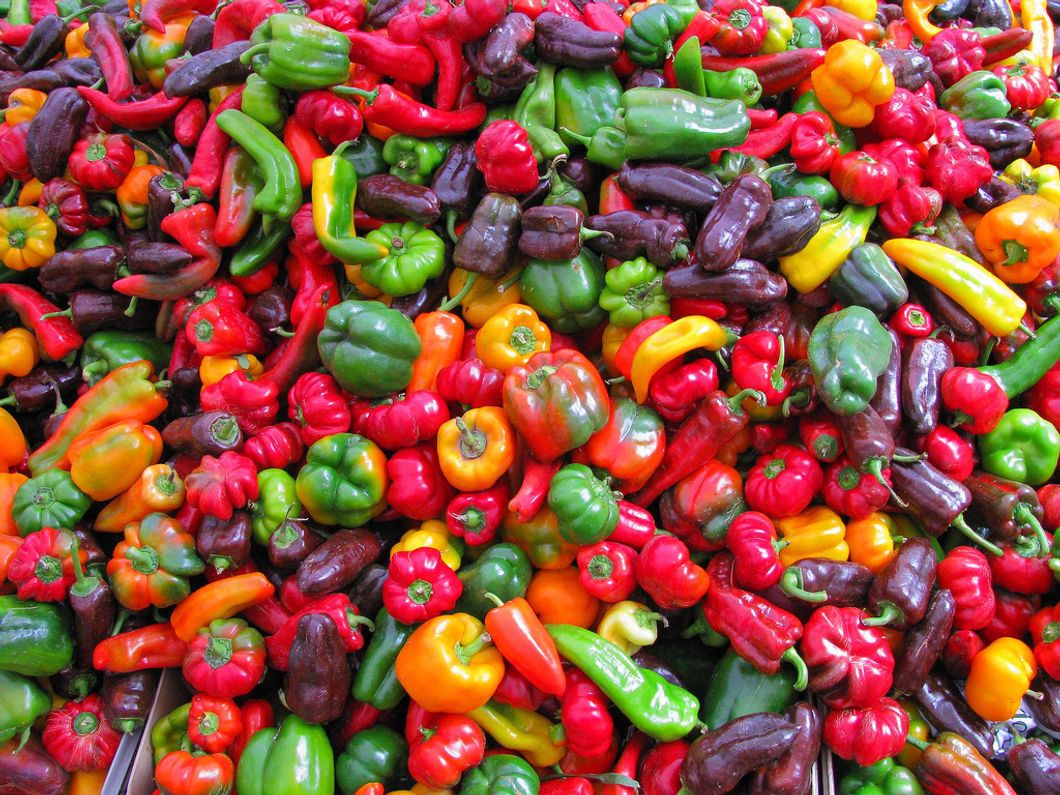'Food Deserts' Are A Growing Problem That We Need To Start Paying Attention To
More than 23 million Americans lack access to a supermarket.
What's a food desert? Not a dessert, but a desert of poverty.
According to the CDC, food deserts "are areas that lack access to affordable fruits, vegetables, whole grains, low-fat milk, and other foods that make up a full and healthy diet." Americans who live in a rural, minority, or low-income area are subjected to food deserts and may be unable to access affordable, healthy foods, leaving their diets lacking essential nutrients. The harsh truth of food deserts is many citizens face the risk of going hungry because of their location within a food desert.
Since a decade ago, Americans have driven an average of six miles between their home and their closest grocery store. For rural Americans, especially those in the South, the trip can be much longer, such as 30 miles away.
In addition, there has been a sharp increase in food deserts. According to the U.S. Department of Health and Human Services, more than 23 million Americans, including 6.5 million children, live in food deserts — areas that are more than a mile away from a supermarket. However, the rate that fast food restaurants have been opening up has increased as well. Since the 1970s, the number of fast food restaurants has more than doubled.
How is it that both food deserts and fast food restaurants are increasing? According to the US Census Bureau, food deserts may be underreported because the North American Industry Classification System places small corner grocery stores. These corner grocery stores often contain packaged foods and mostly sell those items, but it still gets placed in the same category as grocery stores like Safeway and Whole Foods. Whereas Whole Foods is seen as one of the world's healthiest supermarkets, exclusively selling products free from hydrogenated fats and artificial colors, flavors, preservatives, and sweeteners.
Poverty will probably always be a thing, especially with the government we have now, but that shouldn't mean that these people who live in these areas shouldn't have access to nutritional food groups. Statistics say that people living in the poorest social-economic status areas have two and a half times the exposure to fast food restaurants as those living in the wealthiest areas. As a result, the people living in the areas of poverty are then subject to various diseases and health problems, such as obesity, heart disease, and diabetes.
In contrast, a food oasis is an area with supermarkets or vegetable shops. The number of food oases should increase, instead of food deserts conquering so many areas. It's also about making equal grounds for all areas, and not allowing many to be left with no quality supermarkets nearby. I believe that food deserts are wrong and should definitely have action against them sooner than later. Food deserts become a social injustice to many Americans and without attention, could continue to rise within America.




 Madison Woods
Madison Woods




















